Proclamation of the Municipal District of Ingleburn
With the coming of the railway, a number of villages grew up around the platforms which had been built to serve local farms. Macquarie Fields, Ingleburn and Minto evolved from these villages The people of the growing village of Ingleburn felt they should have some measure of local government, and in 1896 the Municipal District of Ingleburn was proclaimed. The first Mayor of Ingleburn Samuel George Barff, and councillor Sydney John Percival (who became Mayor a few years later) with two unidentified men on polling day at Ingleburn.
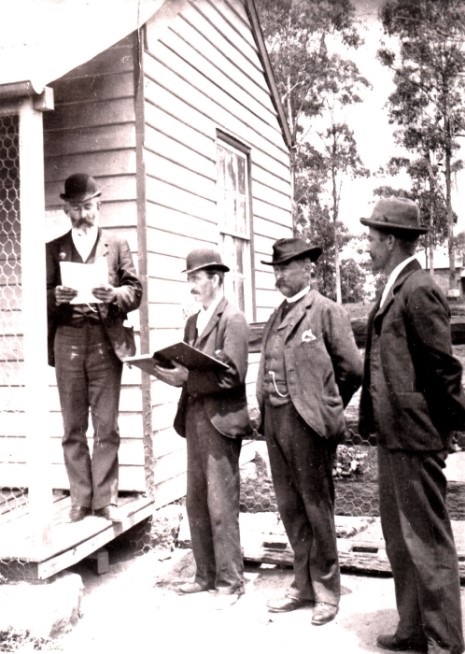
(Image sourced from Credit Local Studies Collection, Campbelltown City Library)
Formation of a Fire Brigade
It was clear that Campbelltown needed a Fire Brigade so in 1890 Council made application for a Government grant to purchase equipment and build premises. The doors were opened in 1891, with 10 volunteers equipped with a manual hose reel and 1000 feet of hose. In 1907 the Brigade moved to a new premises in Queen Street opposite Cordeaux Street. The original Fire Station and the second premises are shown below.
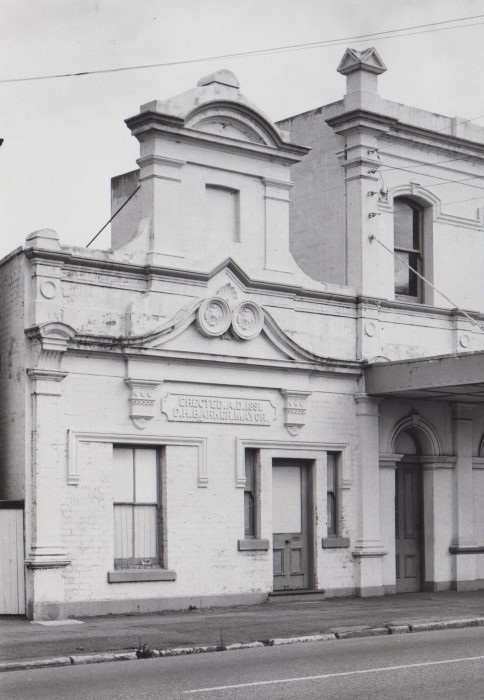
(First station- Image sourced from Geoff Eves Collection, Campbelltown City Library)
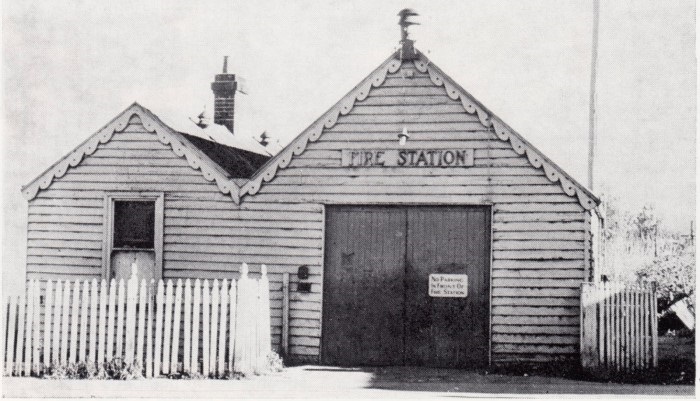
(2nd premises- Image sourced from Alex Goodsell)
A photograph of the early Fire Brigade crew in Campbelltown is shown below.
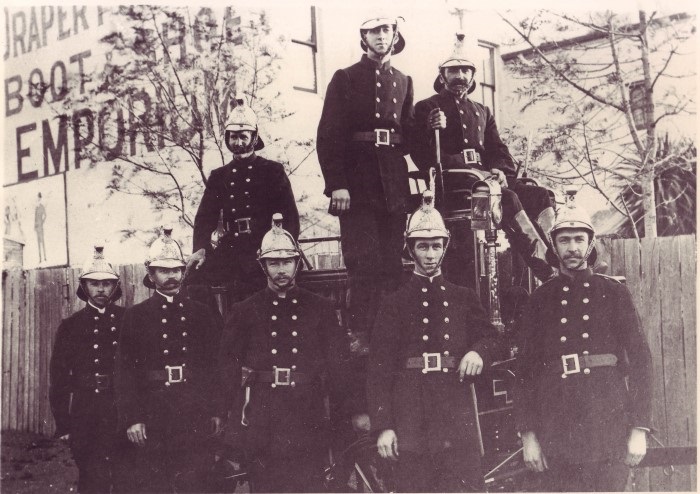
(Image sourced from Campbelltown and Airds Historical Society for Fire Brigade)
The Boer War
In October 1899, the British Empire went to war against the Boers of South Africa. Among the Campbelltown Volunteers were Private Michael Bourke, Lance Corporal Thomas Lees, and Private Charles Spooner who were all invalided home. Lieutenants Joseph and William Newman, Warrant Officer Richard Holman, and Private Frank Axam had 'stuck together' whilst overseas, and returned together in January 1901.
Private Frank Axam of Campbelltown pictured here in 1899, serving in the 1st NSW Mounted Rifles at the Boer War. In 1900 he wrote home that he was having "a hot time, being under fire about a dozen times [while] scouting and in three fights."
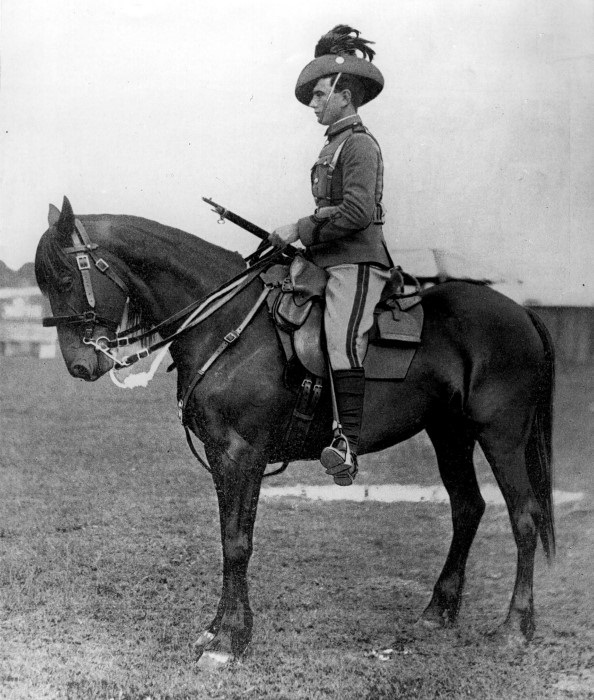
(Image sourced from Australian Town & Country Journal)
War games at Campbelltown
“A Battery, NSW Field Artillery 1896” (below) shows the war games at Campbelltown, as captured by famed artist Tom Roberts. This scene was near The Sugarloaf, next to present-day Broughton Anglican College at Menangle Park.
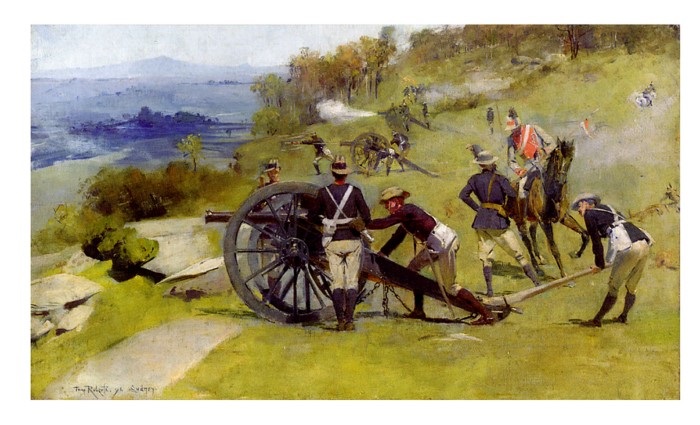
(Image sourced from Australian War Memorial)
Campbelltown Social Calendar
The Campbelltown Infantry Ball was a highlight of the Campbelltown social calendar in the 1890s. Below is a dance card from the ball held in the Town Hall in 1893.
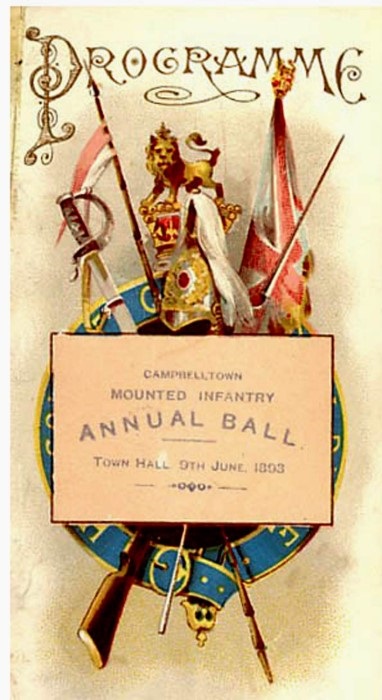
(Image sourced from Gore Family Collection)